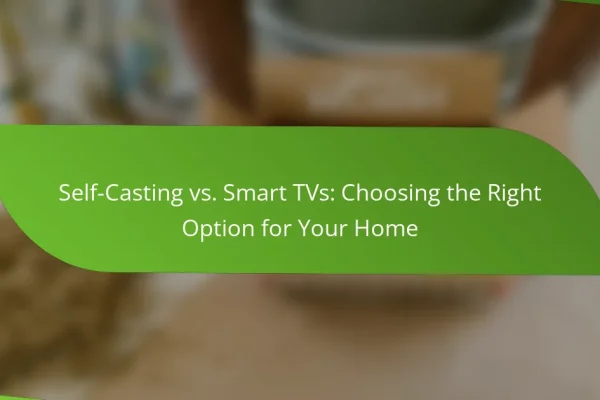
Self-Casting vs. Smart TVs: Choosing the Right Option for Your Home
When it comes to enhancing your home entertainment experience, choosing between self-casting devices and smart TVs is crucial. Self-casting devices offer affordability and versatility, allowing users to stream content from various devices without needing a smart TV. In contrast, smart TVs come equipped with built-in streaming capabilities and high-quality displays, providing a seamless viewing experience….














